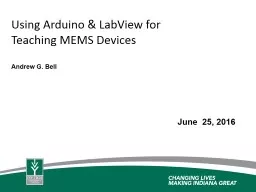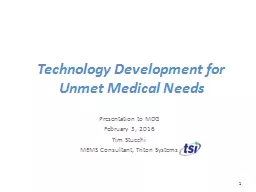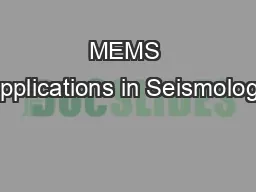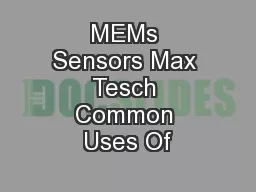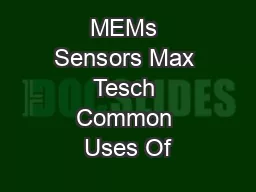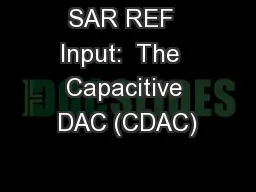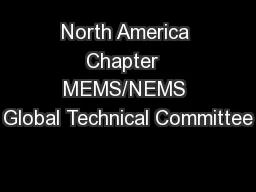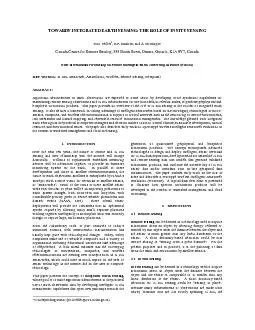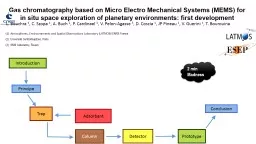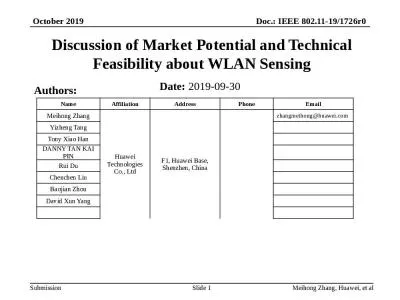PPT-Capacitive Sensing for MEMS Motion Tracking
Author : test | Published Date : 2016-02-27
By Dave Brennan Advisors Dr Shannon Timpe Dr Prasad Shastry Introduction Part 1 Quick MEMS introduction Part 2 Capacitive Sensing Part 3 Goal MEMS background
Presentation Embed Code
Download Presentation
Download Presentation The PPT/PDF document "Capacitive Sensing for MEMS Motion Track..." is the property of its rightful owner. Permission is granted to download and print the materials on this website for personal, non-commercial use only, and to display it on your personal computer provided you do not modify the materials and that you retain all copyright notices contained in the materials. By downloading content from our website, you accept the terms of this agreement.
Capacitive Sensing for MEMS Motion Tracking: Transcript
Download Rules Of Document
"Capacitive Sensing for MEMS Motion Tracking"The content belongs to its owner. You may download and print it for personal use, without modification, and keep all copyright notices. By downloading, you agree to these terms.
Related Documents

